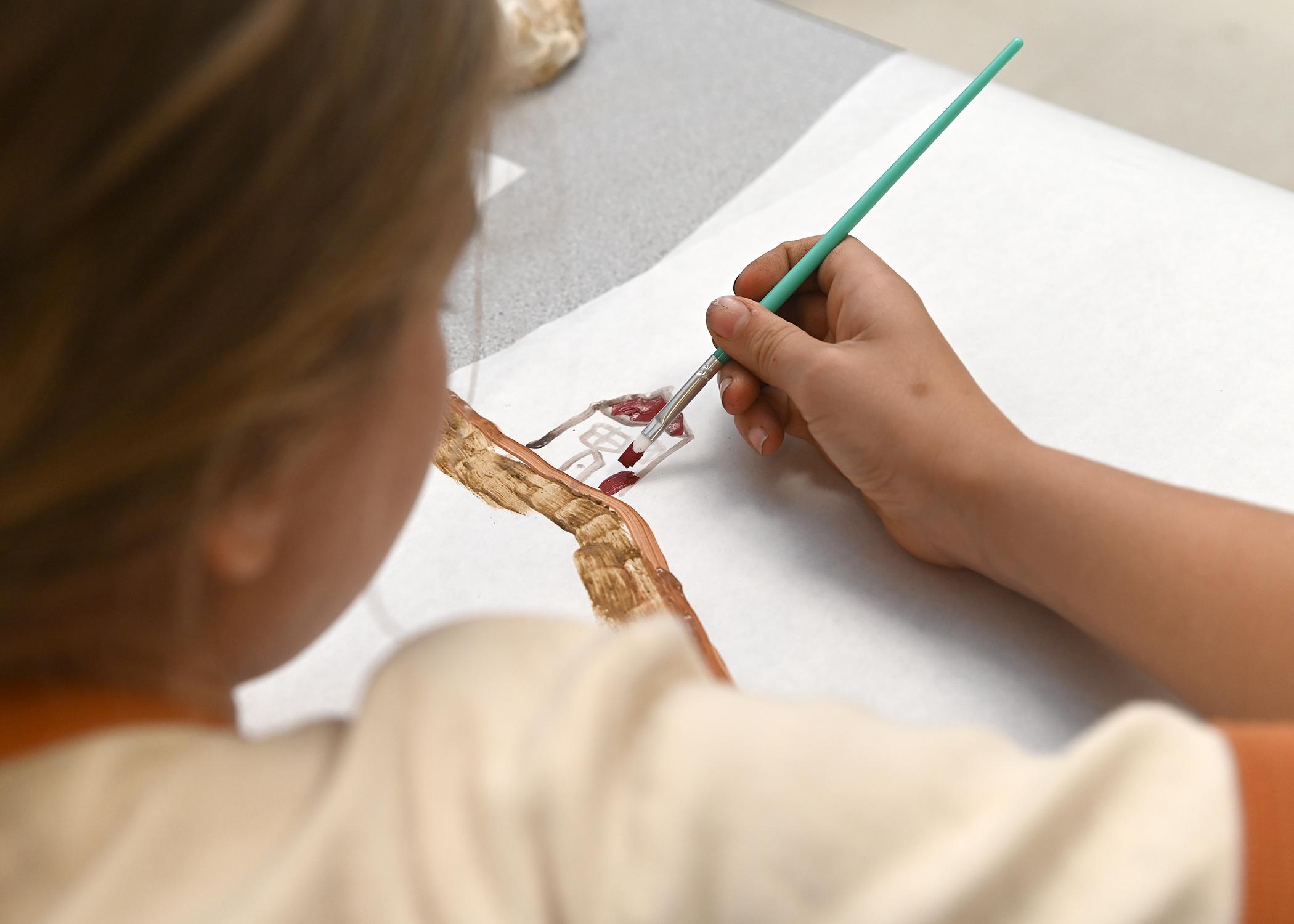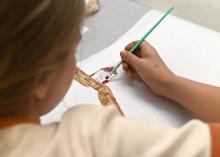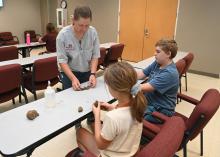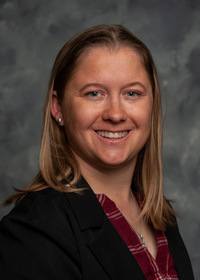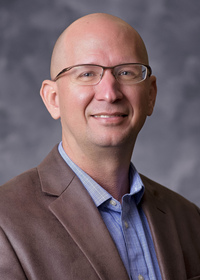Kids studied soil science at a field day in Verona
VERONA, Miss. -- Young people had the unique opportunity to learn interesting things about the soil, plants that grow in it and animals that feed on top of it at a recent field day.
“I like the biology side of science,” said 12-year-old participant Amos Harrell of Sturgis. Although he said he wants to be a marine biologist one day, “I want to learn about soil.”
The Youth Soil Science Field Day was offered in late June by the Mississippi State University Extension Service. The event, held at the MSU North Mississippi Research and Extension Center in Verona, was geared toward young people ages 8-12.
A field day is an educational event designed to bring together a group of people around a topic of shared interest. Through lectures and hands-on activities, these field days educate participants on the topic, sharing the expertise of the university with Mississippi residents.
MSU Extension holds dozens of field days each year, but few are designed for young people. Coordinated by MSU agronomist Amee Bumguardner, the soil science event for young people was a first.
“We designed activities and sessions to introduce young people to various aspects of soil science that they may not have been introduced to so far in school,” Bumguardner said.
The half-day event began with a classroom-style discussion of what makes up soil, soil shapes and textures and the primary nutrients found in a healthy soil. Bumguardner then discussed the process by which plants draw moisture and nutrients from the soil through their roots.
Then, it was time for the first round of activities. Students added water to a hard chunk of soil, then massaged it in their hand and extruded a ribbon of soil through their fingers.
“We add water to the soil to see what kind of soil it is,” Bumguardner said. “The longer you can make it, the more fine-textured it is and the more clay it has in it.”
Harrell was impressed with this activity.
“I knew there were scientific tests to do this, but this is a simple way that anyone can do to find out the type of soil they have,” he said.
The group then went outside to where Bumguardner had dug a 4-foot pit to show the layers of soil, starting with the organic layer where the grass grows and moving down to the other layers.
Madeline McKnight, an MSU graduate student in agriculture, discussed how livestock impact the soil they graze on. For her demonstrations, she used small toy cows on top of tubs of soil, some compacted, some loose, some with grass on top and some with cow manure in the process of breaking down into the soil.
She showed the effects that over-grazing has on plant roots.
“If we don’t give the plants a good rest in between grazing or cutting hay, it affects the whole plant,” McKnight said. “Giving the grass a rest in between allows the roots to thrive and go deep in the soil.”
The field day ended with art, as participants used paints made from different colors of soil to paint pictures.
For more information on youth educational opportunities offered through the MSU Extension Service, visit .

